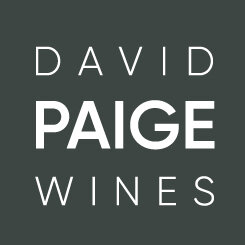winemaking
“I have spent over 30 years learning the art, science, and craft of making wine, mostly right here in the Willamette Valley. I hold a deep respect for the many great vineyards I have come to know. My goal is to highlight what is special from each site.” - Dave Paige, Winemaker
My winemaking is driven by a simple premise: The Willamette Valley is one of the profoundly great places to grow cool-climate varieties, and the wines should always be about the fruit we grow here.
Don’t get me wrong, I have some opinions of my own. I like complex, elegant wines with lively fruit. Our Pinot noirs are well-structured and ageworthy, but not overpowered and heavy. Our whites are crisp and lively, with richness to match their acidity. But how we get there? That’s where the fruit comes in.
Every time fruit gets delivered to the winery, there are any number of options available before, during, and after fermentation. Some winemakers have favorite techniques that they nearly always use, others may have a style in mind that they’re shooting for. For me, though, different sites and vintages deserve different approaches. Decisions that seemed right for one batch of fruit aren’t always suited to the next. To make the best wine I need to remember that the fruit is in charge, and I’m just helping it become the best wine possible.
To do this consistently requires two things: strong familiarity with your vineyard sources and a deep understanding of winemaking techniques. We start each vintage with a large tool kit, and don’t decide which tools we’re going to reach for until we start tasting the fruit. I’m fortunate to have decades of experience with Pinot noir and Chardonnay in the Willamette Valley. I’ve worked with dozens of vineyards throughout the valley and have tried a lot of techniques over the years. So, when harvest starts and the next few tons of fruit arrive, I’ll put that experience to work and start making decisions.


